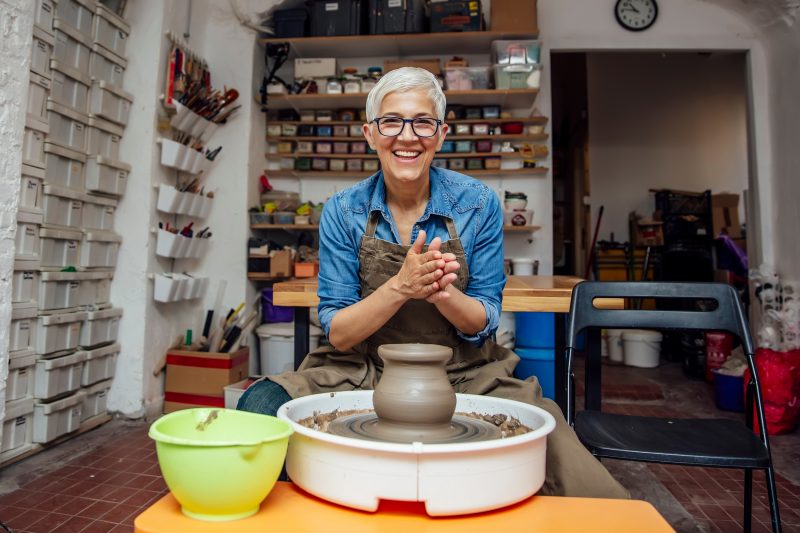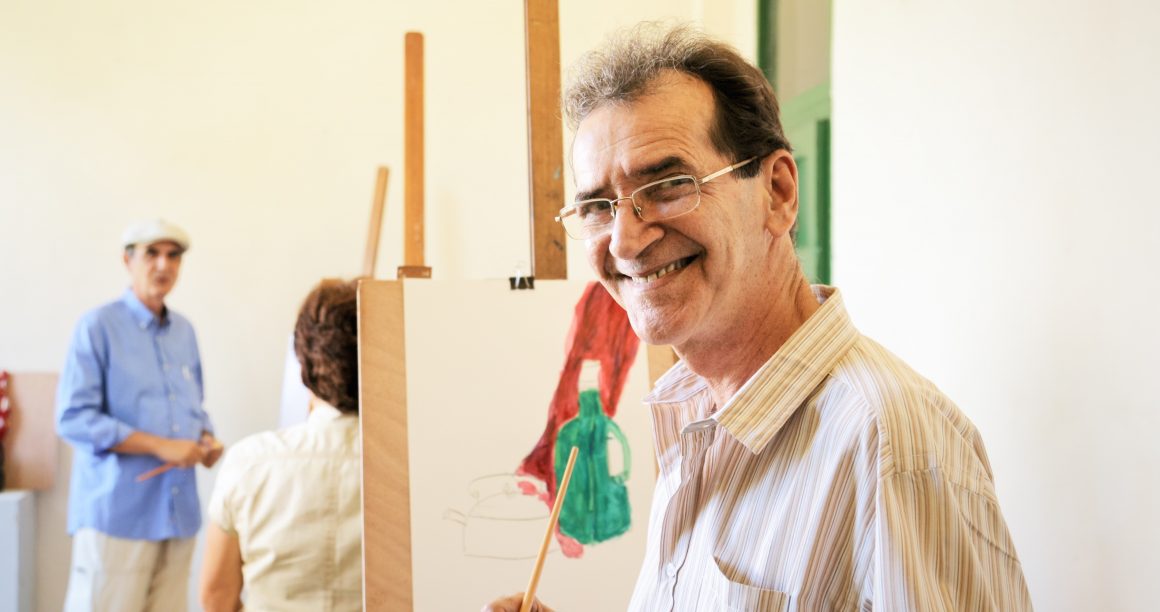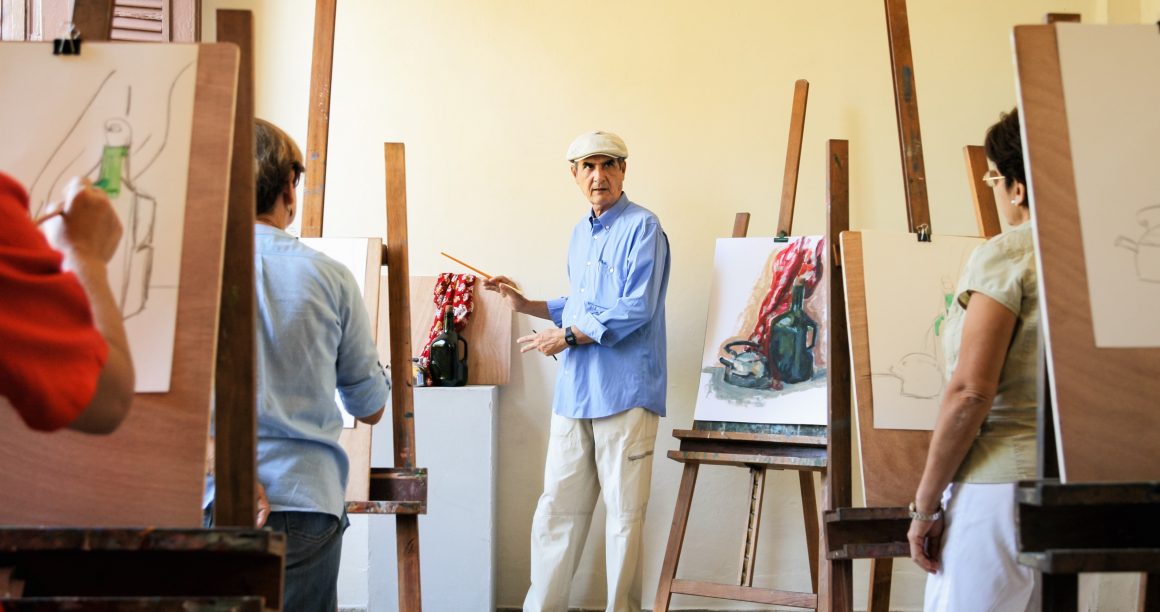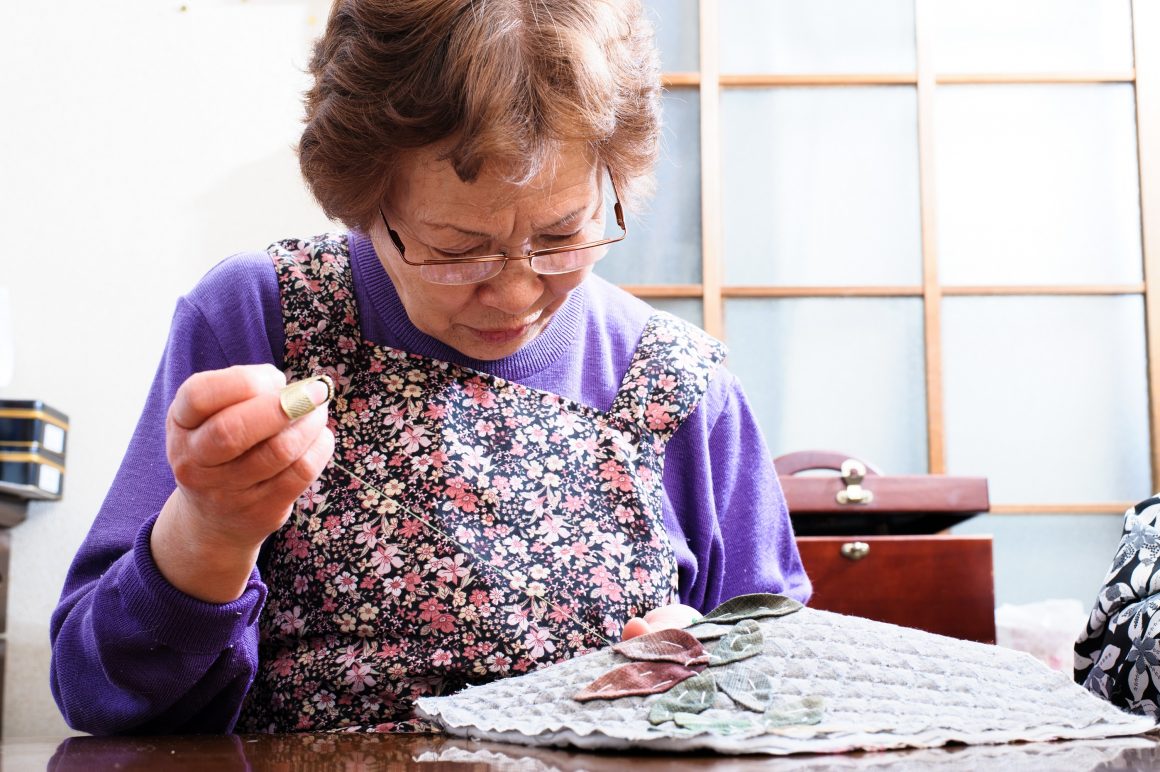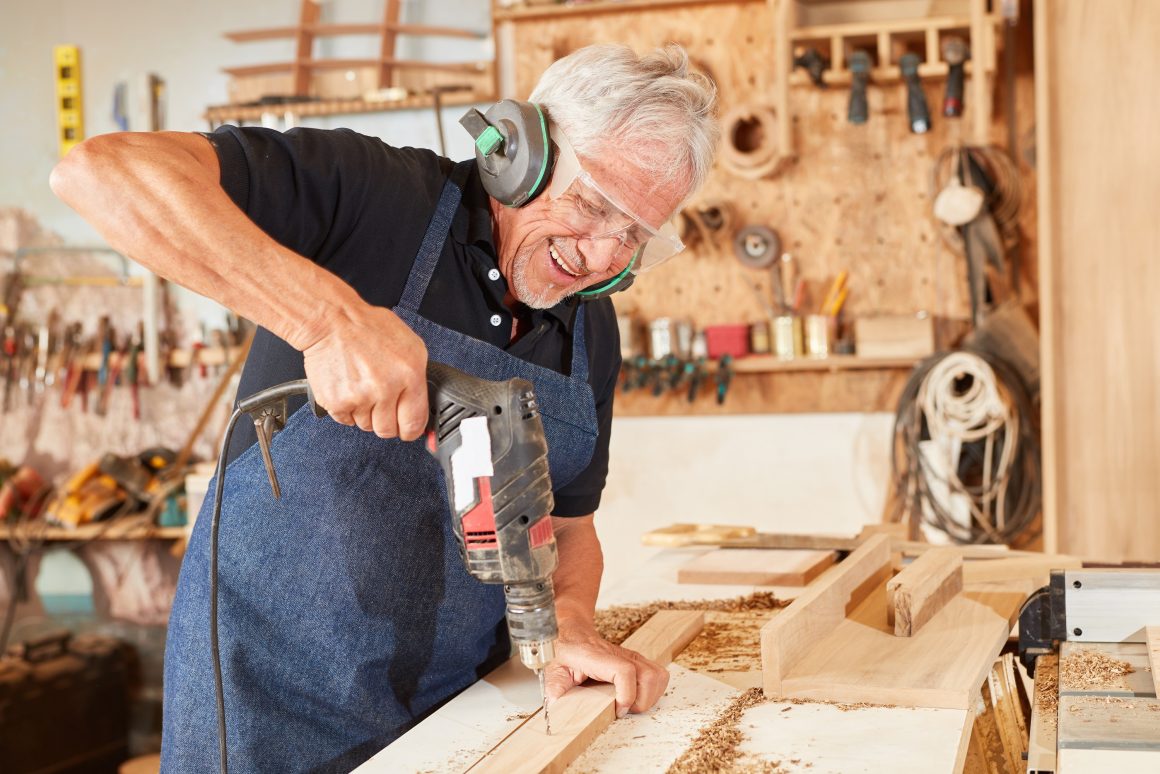Of all the therapies and exercises that can benefit the aging brain, one of the most effective activities can be found in simply doing something we often don’t have time for in our younger years – the creation of art.
Whether it’s writing a play, shaping a sculpture or painting a scenic landscape, a creative endeavor has the power to improve cognition, reduce feelings of anxiety, loneliness and depression and increase social interaction. And according to a study published in the journal Neurology, taking part in the arts could delay the progression of memory problems that come with age.
The study examined 256 people over the age of 85 who showed no signs of memory degradation at the outset of a four-year period in which their cognitive performance was tracked. The researchers monitored their levels of participation in activities such as sewing, woodworking, ceramics, quilting, drawing, sculpting and painting. Researchers concluded that those who exercised their creative instincts were 73% less likely to develop mild cognitive impairment.
How Does Art Change Your Brain?
Gerontologists have long been advocates for the creative arts in elderly populations. The 2006 Creativity and Aging Study showed that the health of elders in Brooklyn, NY, regardless of cultural group, improved within just one year of creative exercise compared to those who were in a control group which didn’t take part in arts and crafts.
The reason for this is that creativity challenges your brain and in the process of forcing it to solve problems and use the imagination, creates fresh communication channels called dendrites. The result is improved quality of life and in some cases it’s the beginning of both psychological and physiological healing of cognitive dysfunction.
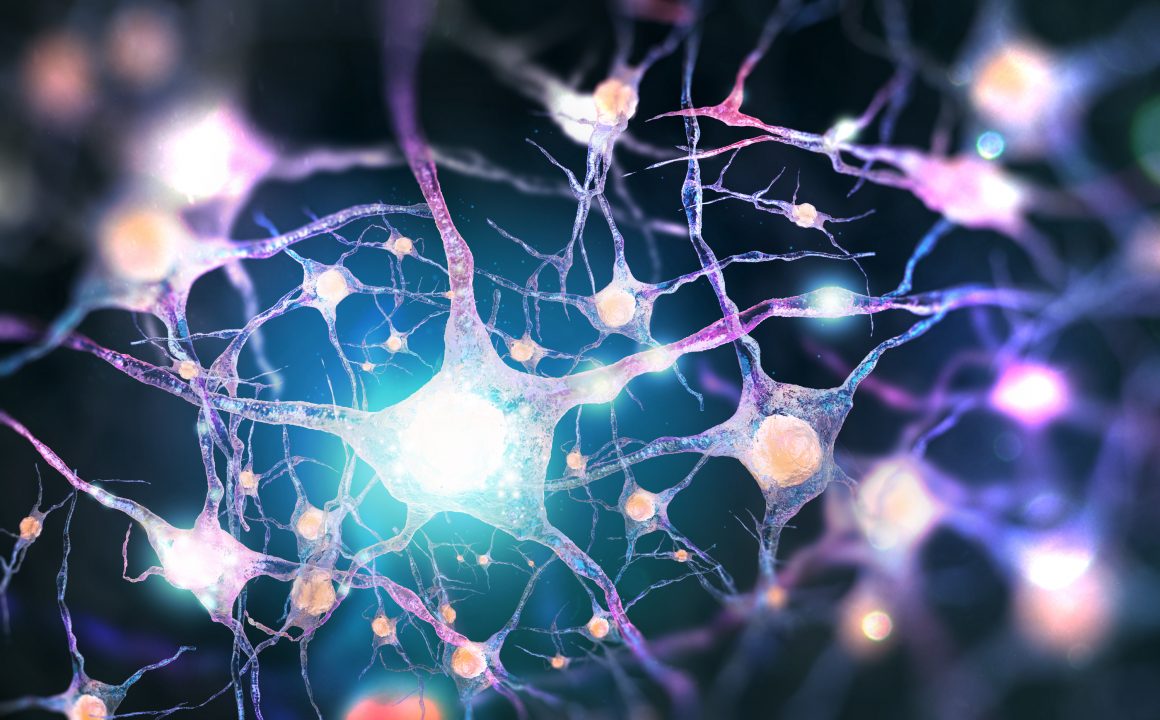
In addition to the dendrites, a study published in the journal Neuroimage suggests that artists actually have more grey matter in the parietal lobe, the part of the brain responsible for receiving and correlating sensory information.
The two hemispheres of the brain are drawn into action when creativity occurs thus improving cognition and helping participants to relax, avoid boredom, create an identity, feel a sense of stimulation and encourage socialization and sense of adventure.
Embracing Art in Old Age
Some liken creating art to meditating, others think of it as exercise for the brain. Either way, there is little debate about the cognitive and emotional benefit that stems from tapping into one’s creativity. Allowing these senses to flourish later in life allows some older adults to realize the potential for new possibilities, a fact that has a positive effect on patients suffering from chronic conditions such as Alzheimer’s and Parkinson’s.
It has been shown that, unlike other skills, creative instincts do not diminish with age. The aging brain, with years of life experience to draw from, is actually well positioned for creative activity.
In advanced dementia cases, simply participating in an artistic activity such as singing in a choir or acting in improvisational theater helps those older adults to remain expressive and to help them maintain self-esteem.
So whether you’ve always wanted to learn to play the guitar, mastering the composition of sonnets or mimic some famous brush strokes, it’s never too late to get lost in your creativity and tap into your artistic spirit.
